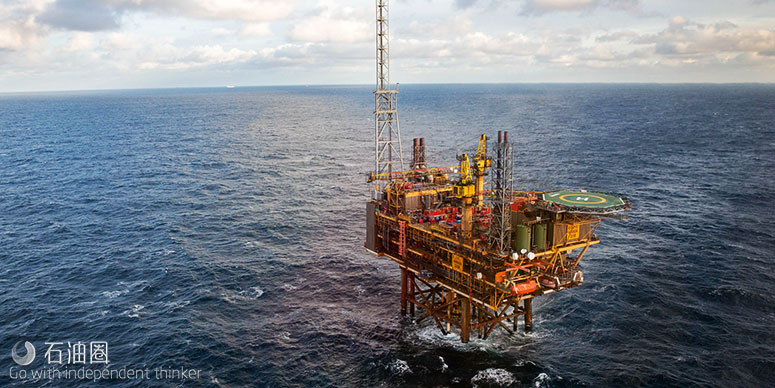SPECIAL CONSIDERATIONS FOR TIE-BACKS
Tie-back developments differ from new hub-based developments in two important ways. First, a tie-back is, by definition, bringing production onto an existing structure, such as a platform, spar, TLP, FPSO or FPU. This requires modification to an existing and, most often, producing asset. The multi-phase pumping approaches that minimize the impact on the host structure are most likely to succeed, as they are easier to fit into the host work schedule, are generally less complex, and do not require costly modifications and coordination. Secondly, a tie-back typically will utilize a longer flowline than a hub-based development. The greater length increases the importance of lower-cost umbilical options, because the umbilical cost begins to dominate project economics. There are two new methods to address these important differences.
During periods of high oil prices, seafloor pumps fell victim to the same cost run-ups as other parts of the industry. For seafloor pumps, “over-specification” became common, as deepwater producers focused on added features and “like-to-have” options, rather than the minimum technical specifications to deliver production safely and efficiently. Every seafloor pump deployed has been custom-designed in some way.
Today, deepwater producers are beginning to look at the specifications they are providing to subsea pump suppliers, and options for standardization and cooperation. Also, single-pump systems are preferred, due to decreased upfront capital costs, and producers are more willing to tolerate short-term production loss (days) versus paying for redundancy. Another area that yields 30% or more cost-savings is the reconfigurations of subsea hardware for pumping. In this case, using alternative pump structures (PLET/PLEM/trees), and rationalizing redundancy and valves, is yielding immediate cost-savings.
Emerging cost-cutting measures
One of the limiting factors for brownfield and tie-back deployment of seafloor pumps is the modifications required topside. Utilities required to support a subsea multi-phase pump include power, pump speed control, valve control system, and the barrier oil system to support the mechanical shaft seals in the pump. In some cases, the magnitude of these topside modifications has eliminated MPTBs or pushed deployment beyond a five-year window. Recently, the concept of a “topsideless” MPTB has been proposed. The idea is to minimize the topside impact in two key areas: 1) barrier oil system; and 2) speed control. Power for the seafloor pump will either be available on the hub structure or will need to be installed; the topside less approaches discussed below will not address power.
Umbilical costs
The greater lengths of tie-back developments push umbilical costs to the forefront. Simplification of the umbilical used for the multi-phase pump may be possible, using new topside-less approaches that alter or eliminate the need for a barrier oil system. Running commercial power cables from other offshore industries is attractive from a cost viewpoint, as other industries, such as offshore power generation, would appear to offer a path to a lower-cost commodity cable.
BARRIER OIL SYSTEM ALTERNATIVES
The pumps currently in subsea installations have a barrier oil system to provide a positive pressure in the motor and generate flow across the mechanical shaft seal, from the motor side to the pump/process side. This adds complexity to the seafloor pump, necessitates installation of a hydraulic unit topside, and requires hydraulic lines to be added to the seafloor pump power umbilical. New concepts are emerging to mitigate, or eliminate, the barrier oil system, as well as the added cost and complexity.
Use of alternative barrier oil fluids
Subsea pump manufacturers are investigating and testing alternative barrier oil fluids that can be utilized subsea, without the need for extensive topside modifications. Topsides furnish MEG and control line oil to subsea trees and manifolds, and it may be possible to use these fluids as the multi-phase pump barrier oil. Compatibility of these fluids with the motor and seals is being investigated, as well as whether these can be adapted to use in support of a multi-phase pump. If an existing hydraulic line can be accessed subsea, this would enable running a bare electric power line, greatly reducing umbilical costs, in addition to eliminating the need for topside modifications to install a new hydraulic system.

 石油圈
石油圈
